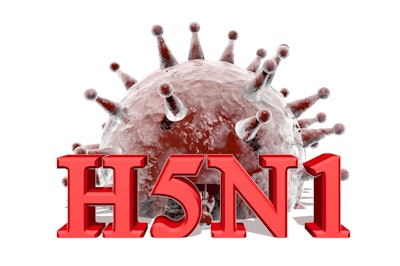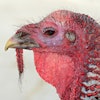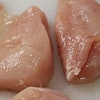
Not long ago, people in agriculture but outside of the poultry sector probably didn’t give that much thought to the highly pathogenic avian influenza (HPAI) outbreak that has caused so many losses in North America.
Sure, many probably expressed concern in some way, or even mentioned poultry producers in their prayers, but I would guess it wasn’t a daily concern for those involved in the production of cattle or other livestock.
And justifiably so. Sure, it affected them in that it impacted the price of eggs and turkey, but it’s not like it was something that jeopardized their livelihood.
Now, that’s all changed.
A new focus
By now, most regular readers of WATT Global Media websites and publications are aware that HPAI has affected numerous U.S. dairy herds in Texas, Kansas, New Mexico and Michigan. Between those four states, seven dairy herds have had positive detections, and there has also been a human HPAI case because of apparent contact with one of the affected herds.
And it doesn’t appear poised to stop. There is also a presumed-positive case of HPAI in an Idaho dairy herd.
This has all happened within the past several weeks. Oddly enough, during the past week or two, there have been more cattle herds in the United States affected by HPAI than commercial poultry flocks. And Canada hasn’t had a poultry flock affected since February 19.
With these new findings, the agricultural and scientific communities are searching for more information on how to prevent its further spread. And we’re no longer focused so much on how to prevent the spread among poultry flocks.
Just yesterday, I received a press release from the National Institute for Animal Agriculture (NIAA), which has added a new session to its upcoming annual conference, slated for April 8-10. That session if a roundtable discussion on new HPAI infections. The two panelists are Brandon Terichler, DVM, Select Milk Producers and Bud Dinges, DVM, Texas Animal Health Commission. I wasn’t the only person to notice that there was no direct representative from the poultry industry on the current slate even though I’m sure Dinges has some involvement in the sector.
Just to clarify, I am not criticizing NIAA for its selection of panelists, but rather pointing it out. I’m glad the organization is hosting these panelists and I hope their knowledge proves valuable to conference attendees.
Will other industries also be hit by HPAI?
Since we are still in the very early learning stages about HPAI in livestock, and the quest for more answers for HPAI prevention in poultry continues, we have to wonder where the virus could go next. While so far there has only been one farm affected, HPAI did hit some goats in the U.S. as well.
And the location of some of those cases in dairy cattle has had me concerned about other species. One of the counties identified by the World Organisation for Animal Health (WOAH) as a site for the dairy cattle infections is Seward County, Kansas, in the southwestern corner of the state. National Beef operates a beef plant in that county, and Tyson Foods operates another plant just north of there in Finney County. Feedyards are plentiful in that part of Kansas, which leads one to wonder if those beef cattle there will also be susceptible.
Another county where a bovine HPAI case was confirmed was about 200 miles away from Seward County in Hartley County, Texas. That area, too, has a lot of beef production.
And guess what’s pretty much smack-dab in between Seward County and Hartley County? The Seaboard Foods pork plant in Guymon, Oklahoma. So, there’s a substantial amount of pig production in that region as well.
Until we know more about how transmissible HPAI can be in mammals, we can’t assume these other industries won’t be hit.
HPAI should be a concern of everyone in animal agriculture now, and I am optimistic that the sectors can work well together to minimize the potential negative impacts.
View our continuing coverage of the global avian influenza situation.


















